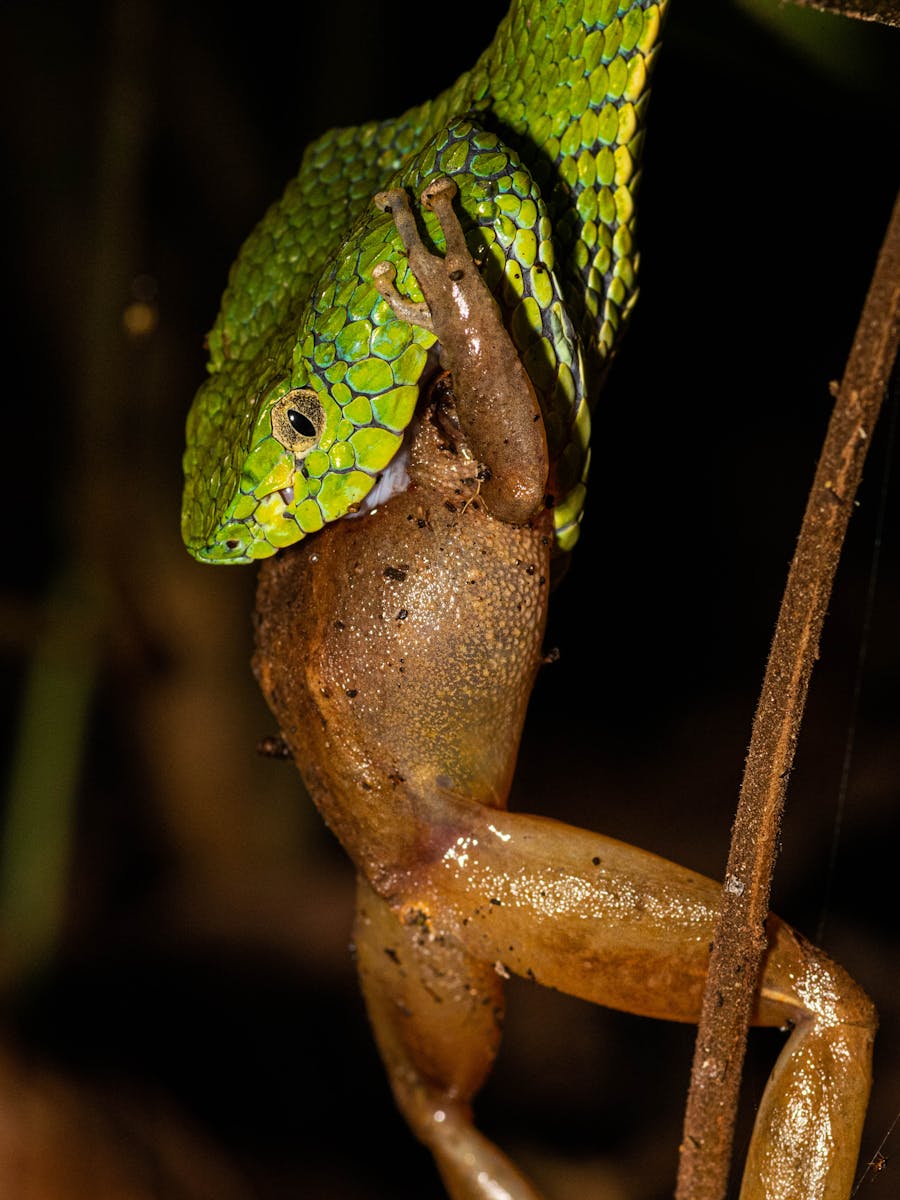Slithering through the undergrowth or basking in desert heat, snakes have captivated human curiosity for millennia with their unique adaptations and behaviors. Among their most fascinating characteristics is their distinctive eating method—swallowing prey whole without chewing. This remarkable feeding strategy, though seemingly strange to mammals like ourselves who rely heavily on mastication, represents one of nature’s most efficient digestive solutions. Unlike most vertebrates that break down food mechanically before it enters their digestive tract, snakes have evolved specialized anatomical features and physiological processes that allow them to consume meals many times larger than their head diameter. This comprehensive article explores the fascinating world of snake digestion, examining not only why snakes don’t chew but how this seemingly limiting characteristic has become one of their greatest evolutionary advantages.
The Anatomical Constraints of Snake Jaws
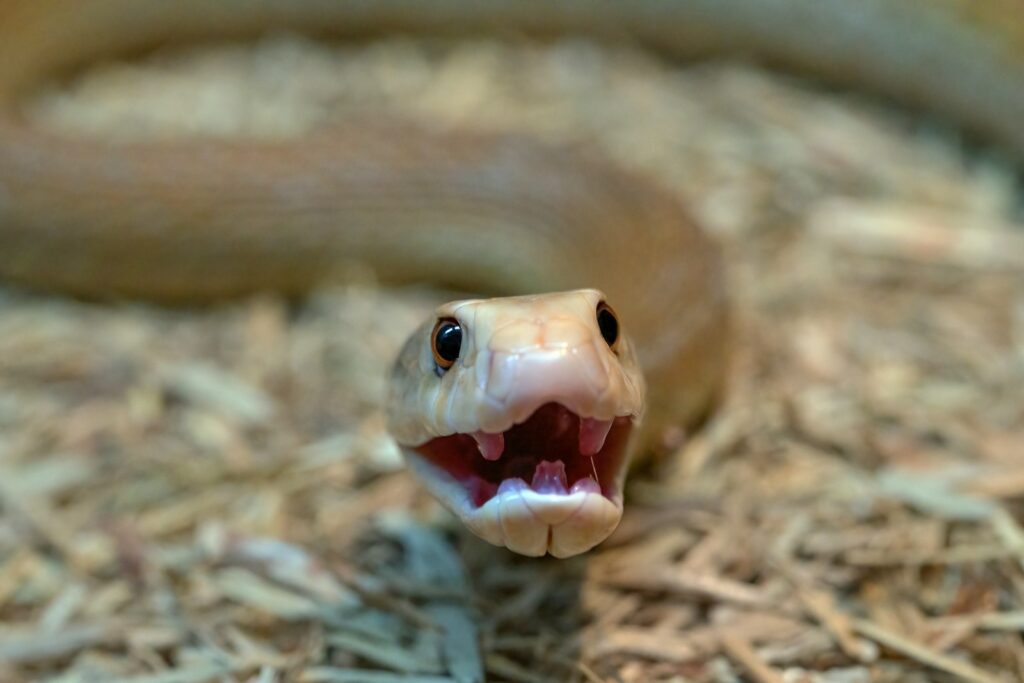
Snakes possess one of the most specialized skull structures in the vertebrate world, designed specifically for swallowing large prey whole. Unlike mammals, snakes lack a rigid jaw connection at the mandibular symphysis—the point where the two halves of the lower jaw meet. Instead, their jaws are connected by stretchy ligaments that allow for extraordinary flexibility and independent movement of the left and right sides of the jaw. This adaptation permits snakes to work their mouths around prey items that can be several times wider than their head. Additionally, snakes possess multiple joints in their skull, including a quadrate bone that pivots, effectively allowing their mouth to open much wider than would otherwise be possible with a conventional jaw structure. These remarkable adaptations sacrifice chewing ability but maximize swallowing capacity, representing an evolutionary trade-off that has served snakes exceptionally well.
The Missing Molars: Snake Dentition
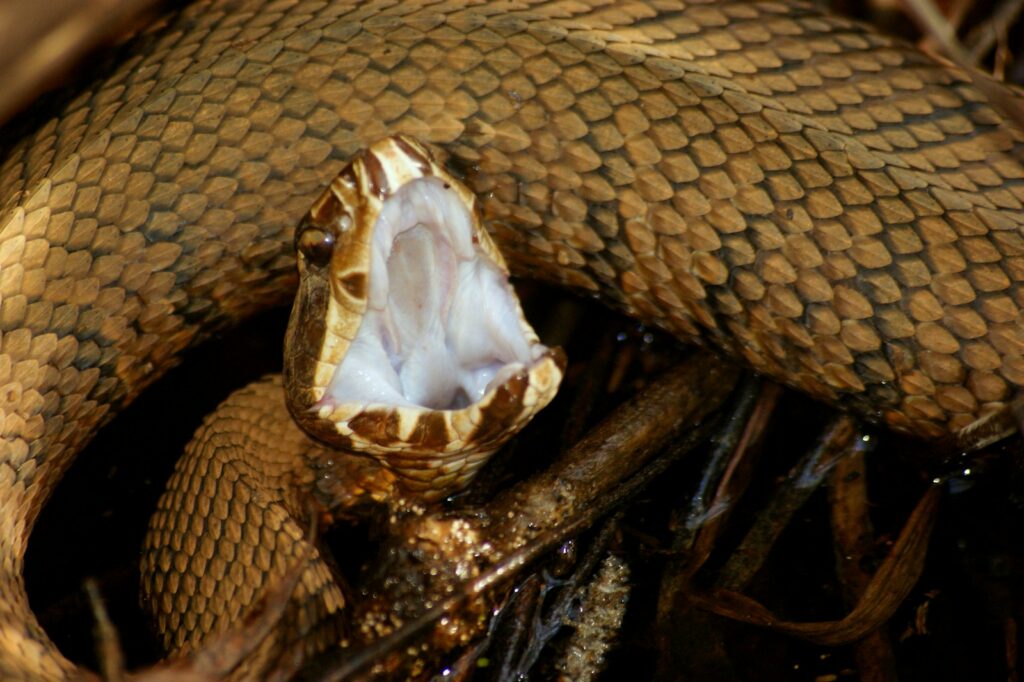
Snake teeth are fundamentally different from the varied dentition found in mammals and many other vertebrates. Rather than having differentiated teeth for cutting, tearing, and grinding, snakes possess relatively uniform, needle-like teeth that curve backward toward the throat. These teeth are perfectly adapted for gripping prey and preventing escape, but they lack the flat, broad surfaces needed for chewing or grinding food. Most species have six rows of teeth—four on the upper jaw and two on the lower—all designed with the same basic shape and function. Venomous snakes have modified some teeth into specialized hollow or grooved fangs for venom delivery, but even these specialized teeth serve no masticatory function. The uniform, backward-facing orientation of snake teeth makes them excellent for capturing and holding prey during the swallowing process, but renders them completely unsuitable for the side-to-side or up-and-down movements required for chewing.
Skull Kinesis: The Flexible Framework
The snake skull represents one of nature’s most remarkable examples of kinetic design, allowing for extraordinary flexibility during feeding. Unlike the rigid cranial structure of mammals, snake skulls possess multiple movable joints and connections that work in concert to expand dramatically during prey ingestion. This remarkable feature, known as cranial kinesis, involves several key adaptations, including a highly mobile quadrate bone, flexible connections between facial bones, and specialized jaw joints. When a snake captures prey, these elements work together, allowing the skull to essentially disarticulate in a controlled manner. The quadrate bones, which connect the upper and lower jaws, can rotate outward to increase gape size dramatically. Furthermore, the braincase remains relatively stable while the facial bones move independently around it, creating a mechanical system that prioritizes swallowing capacity over chewing ability. This extreme adaptation represents an evolutionary specialization that would make chewing physically impossible even if snakes had the appropriate teeth.
The Energy Efficiency of Not Chewing
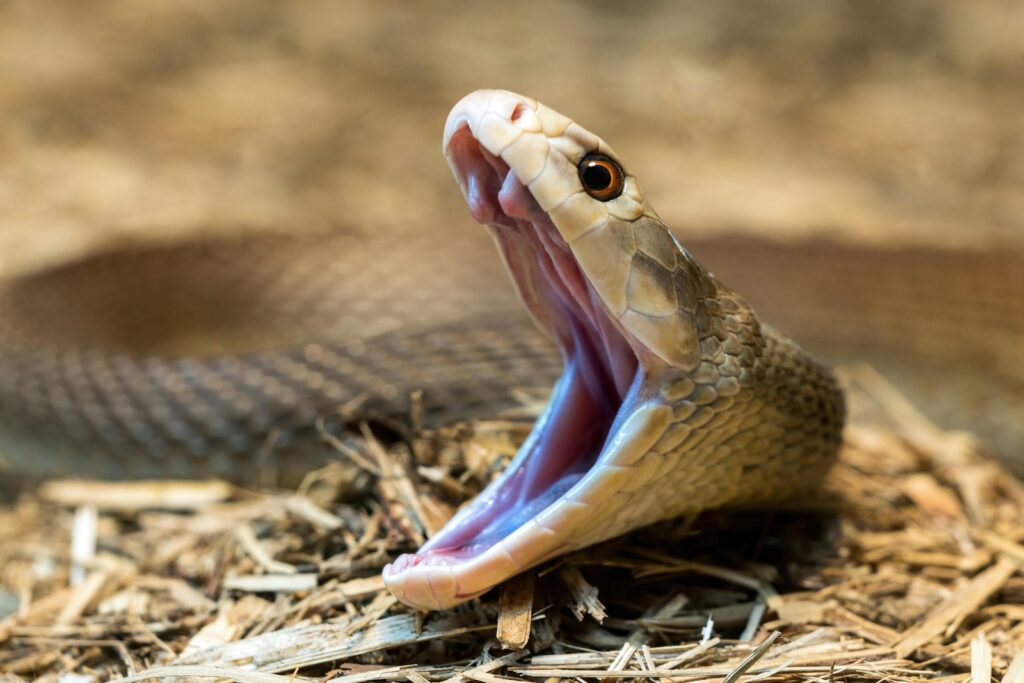
From an energy perspective, the snake’s feeding strategy represents a remarkable efficiency. Chewing requires substantial muscular effort and energy expenditure, particularly for breaking down tough tissues like skin, bone, and connective tissue. By bypassing the chewing process entirely, snakes conserve considerable energy during feeding events. This energy conservation becomes particularly significant when considering that many snake species, especially larger constrictors, may only feed a few times per year. The calories saved by not investing in chewing can instead be allocated to vital functions like reproduction, growth, and basic metabolism. Furthermore, the snake digestive system has evolved to compensate for the lack of mechanical breakdown with powerful digestive enzymes and acids that can dissolve entire prey items, including bones and teeth. This chemically-intensive rather than mechanically-intensive digestive approach aligns perfectly with the snake’s generally low-energy lifestyle, where conserving resources between infrequent meals represents a critical survival strategy.
Specialized Digestive Enzymes and Acids
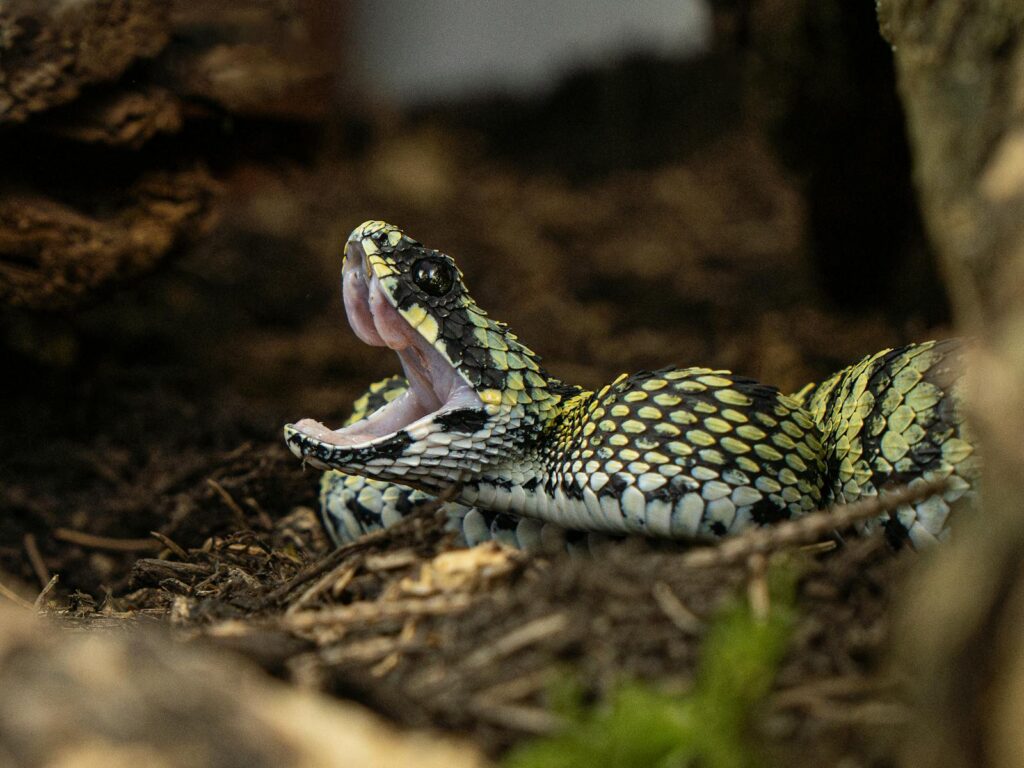
The absence of chewing necessitates extraordinary digestive chemistry, and snakes have evolved some of the most powerful digestive secretions in the animal kingdom. Their stomachs produce highly concentrated hydrochloric acid that can reach pH levels as low as 1.0, significantly more acidic than human stomach acid. This extreme acidity begins breaking down prey immediately upon ingestion, effectively dissolving tissues that would normally require mechanical processing. Complementing these powerful acids, snakes secrete a remarkably diverse array of specialized enzymes tailored to break down proteins, fats, bones, and other tissues. The pancreas of a snake is proportionally larger than in many other vertebrates, reflecting its critical role in producing the digestive enzymes necessary for processing whole prey. Perhaps most impressively, snake digestive systems can regulate enzyme production based on meal composition, increasing certain enzymes when consuming particularly bony prey or adjusting acid levels when digesting fur-covered mammals. This chemical approach to digestion removes the need for mechanical processing through chewing, representing an elegant solution to the challenge of consuming whole prey.
Digestive Organ Adaptations

Beyond powerful digestive chemicals, the entire snake digestive tract has evolved structural adaptations to accommodate whole prey. Their esophagus possesses extraordinary elasticity and muscular control, allowing it to expand dramatically during swallowing while maintaining sufficient grip to continue moving prey toward the stomach. The stomach itself can expand to several times its resting size, with specialized folds of tissue that unfurl during feeding to accommodate prey that may outweigh the snake itself. Beyond these obvious modifications, snakes have evolved the ability to temporarily increase the size and activity of their digestive organs after feeding. Studies have shown that some species can increase their intestinal mass by up to 100% within days of consuming a large meal, with equivalent increases in digestive enzyme production. The liver and pancreas similarly undergo rapid hypertrophy (growth) following feeding, dramatically increasing their metabolic activity to process the massive influx of nutrients. These remarkable physiological changes allow snakes to effectively digest prey without the preliminary mechanical breakdown that chewing would normally provide.
The Speed-Swallowing Advantage
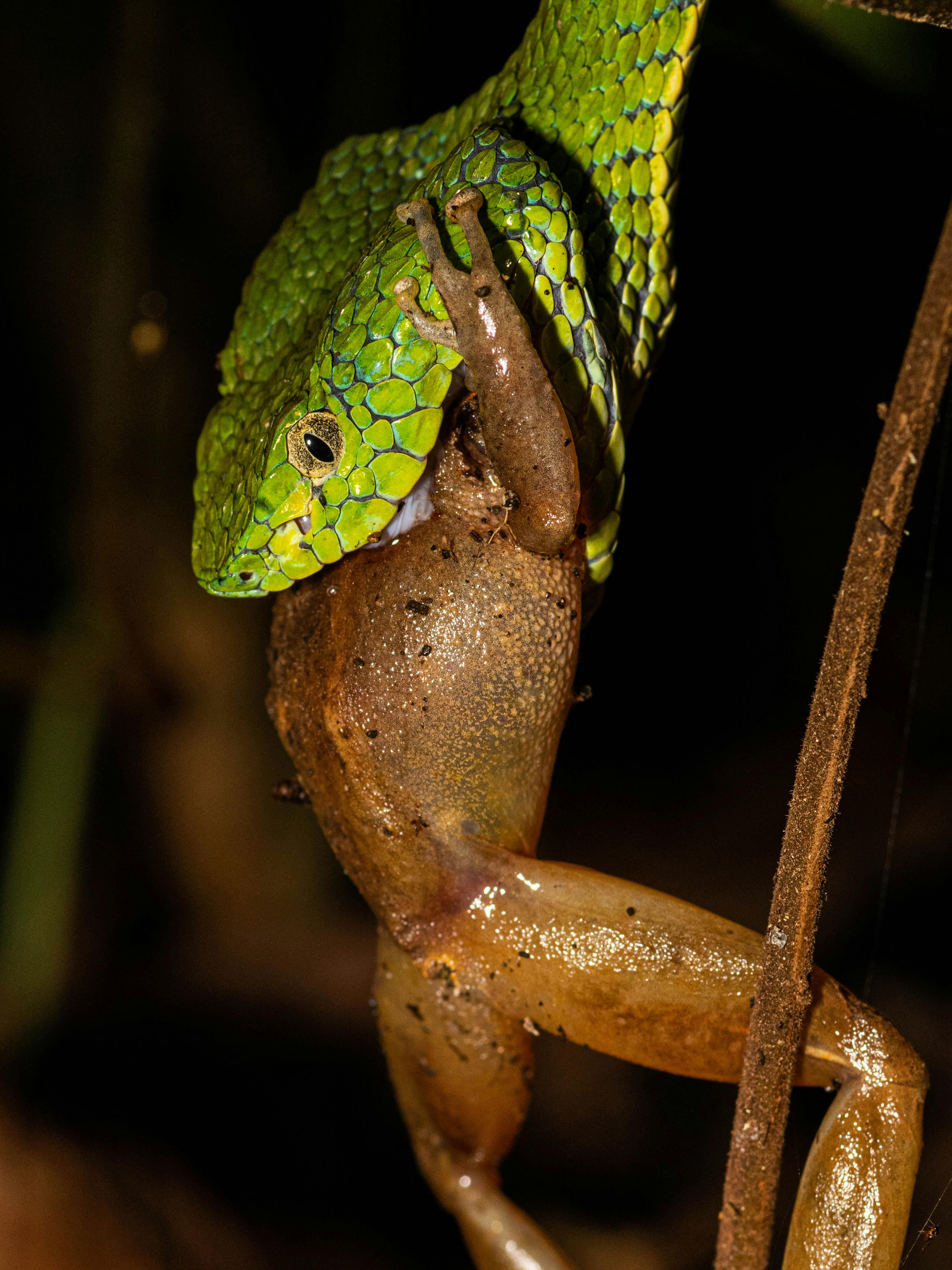
The snake’s ability to consume prey rapidly without chewing confers significant survival advantages in the wild. Many snake species are vulnerable during feeding, as their mobility and defensive capabilities are compromised while swallowing large prey. By evolving to swallow prey quickly without pausing to chew, snakes minimize this period of vulnerability. Some species can engulf moderately-sized prey in just minutes, quickly returning to a state where they can flee or defend themselves if necessary. This rapid consumption strategy contrasts sharply with predators that must spend considerable time chewing before swallowing, extending their period of vulnerability. Additionally, quick consumption reduces the risk of prey being stolen by competitors or scavengers—a phenomenon known as kleptoparasitism that affects many predators. For venomous snakes, the ability to strike, kill with venom, and swallow quickly minimizes contact time with potentially dangerous prey that might inflict injuries even in death throes. This efficient feeding approach represents a crucial survival adaptation that compensates for the snake’s limbless body plan and periodic vulnerability.
Constriction as a Pre-Digestive Process
For many non-venomous snakes, constriction serves as a substitute for the mechanical breakdown that chewing would typically provide. When constrictors like pythons and boas wrap their powerful coils around prey, they do more than simply kill through asphyxiation. The tremendous pressure exerted during constriction, which can exceed blood pressure in the prey’s circulatory system, effectively tenderizes tissues by breaking down cellular structures. This mechanical softening makes the subsequent digestive process more efficient, essentially serving as an external form of pre-digestion. Recent research has revealed that the pressure applied during constriction can crush and fracture bones, rupture internal organs, and damage muscle tissues—all changes that make chemical digestion proceed more rapidly once the prey is swallowed. Some constricting species even manipulate prey within their coils, applying pressure strategically to soften particularly challenging anatomical features before attempting to swallow. This external mechanical processing represents an elegant solution to the challenges posed by consuming whole prey without chewing, demonstrating how snakes have evolved alternative approaches to food preparation.
Venom’s Digestive Functions
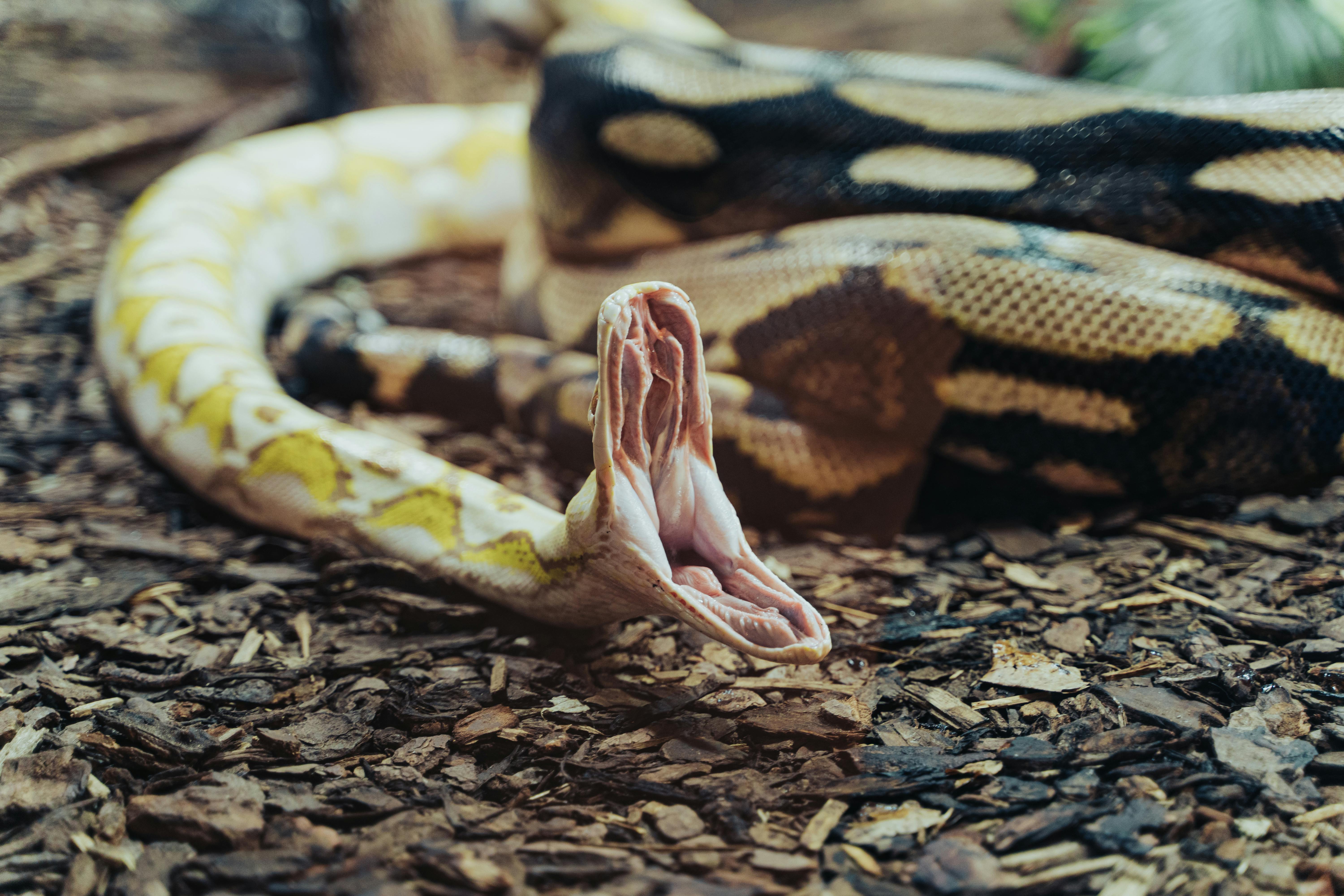
For venomous snakes, venom serves multiple functions beyond simply immobilizing prey, with many venom components beginning the digestive process before consumption. Snake venoms commonly contain a complex mixture of enzymes, including proteases, phospholipases, and hyaluronidases, that begin breaking down tissues immediately upon injection. These powerful biological compounds start dismantling cellular structures, degrading proteins, and liquefying tissues while the prey is still alive or freshly killed. This pre-digestive function effectively initiates the breakdown of prey externally, compensating for the lack of mechanical processing that would normally occur through chewing. Some venomous species, particularly vipers, possess venoms heavily loaded with digestive enzymes that can cause rapid tissue degradation at the bite site. Research has demonstrated that snakes with more potent cytotoxic venoms (those that destroy tissues) often have less robust digestive systems, suggesting an evolutionary trade-off where external pre-digestion through venom reduces the need for powerful internal digestive processes. This chemical head-start on digestion represents another innovative adaptation that has evolved to compensate for the lack of chewing ability.
Metabolic Shutdown During Digestion

The snake’s strategy of consuming large, whole prey necessitates extraordinary physiological adaptations during the digestive period. Following a substantial meal, many snake species undergo a remarkable metabolic transformation known as “specific dynamic action” (SDA) or the “heat of digestion.” This process can increase a snake’s metabolic rate by up to 4000% above resting levels, representing one of the most dramatic metabolic increases observed in any vertebrate. Such intense metabolic activity generates considerable heat—a phenomenon called digestive thermogenesis—with some larger species like pythons raising their body temperature by several degrees during digestion. To support this massive metabolic surge, snakes dramatically increase blood flow to their digestive organs, temporarily enlarging their heart to pump more blood. Simultaneously, they effectively shut down non-essential systems, reducing movement and other energy-demanding activities. This physiological prioritization allows the snake to divert maximum resources to digestion, compensating for the additional demands of processing whole, unchewed prey. The relationship between this intense digestive process and the snake’s inability to chew represents a fascinating example of how evolutionary constraints in one area (jaw mechanics) drive adaptive solutions in another (digestive physiology).
Dealing with Indigestible Parts

When consuming whole prey, snakes inevitably ingest components that cannot be digested, such as fur, feathers, claws, teeth, and certain keratinous structures. Rather than avoiding these elements through selective feeding (as might be possible with chewing), snakes have evolved efficient systems for handling these indigestible materials. After extracting all available nutrients from their meal, snakes compact the remaining indigestible parts into a pellet called a bolus or casting. This waste material is then regurgitated rather than passed through the entire digestive tract, allowing the snake to eliminate these materials efficiently without risking intestinal blockage. The regurgitation process is typically quick and requires minimal energy expenditure compared to the alternative of passing these materials through the entire digestive tract. For scientists and naturalists, these regurgitated castings provide valuable information about snake diets and feeding habits in the wild, much like owl pellets serve as records of raptor feeding ecology. This specialized waste elimination system represents another adaptation that supports the snake’s strategy of consuming whole prey without preliminary mechanical processing through chewing.
Evolutionary Origins of the Non-Chewing Strategy
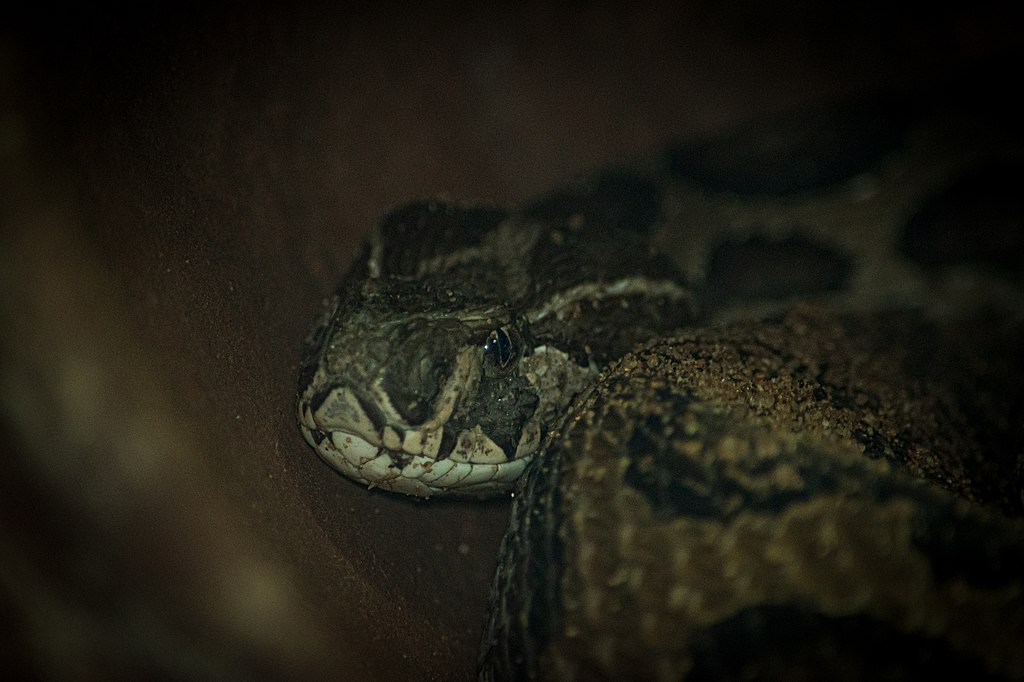
The snake’s distinctive feeding approach represents the culmination of a long evolutionary journey that began millions of years ago. Paleontological evidence suggests that snakes evolved from lizard ancestors, likely burrowing forms that adopted an elongated body plan suited to underground life. This transition to a fossorial (burrowing) lifestyle likely drove the initial reduction in limbs and changes to skull morphology that would eventually make chewing impossible. As these proto-snakes adapted to hunting in narrow burrows, the ability to swallow prey whole became advantageous, gradually selecting for the increasingly kinetic skull structure seen in modern snakes. Genetic and developmental studies have identified shifts in Hox genes and other regulatory elements that control skull development, revealing the molecular mechanisms behind this remarkable evolutionary transformation. Comparative studies between snakes and their closest lizard relatives show the progressive modifications that eventually produced the highly specialized feeding apparatus of modern snakes. This evolutionary history reveals that the loss of chewing ability wasn’t simply the absence of a trait but rather the active evolution of an alternative and highly specialized feeding strategy that opened new ecological niches for these remarkable reptiles.
Comparing Snake Digestion with Other Non-Chewing Animals
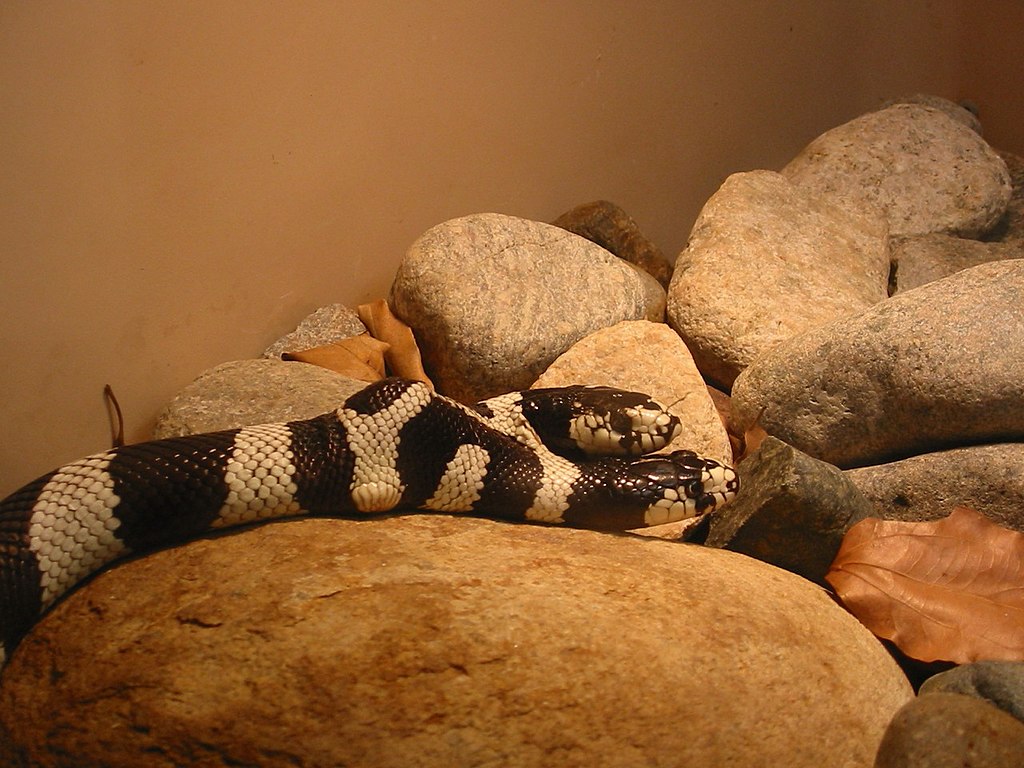
While snakes represent perhaps the most dramatic example of vertebrates that swallow prey whole, they’re not alone in bypassing the chewing process. Several other animal groups have evolved convergent adaptations for non-chewing digestion, each with unique approaches to the challenges this strategy presents. Birds of prey like eagles and owls tear food into manageable pieces but don’t chew, instead using a two-chambered stomach with a muscular gizzard containing small stones to mechanically grind food—a solution quite different from the snake’s chemical approach. Many fish species similarly lack chewing ability, with some predatory fish swallowing prey whole like snakes, while filter-feeders process enormous quantities of tiny organisms without mechanical breakdown. Perhaps most comparable to snakes are certain amphibians like frogs, which also possess kinetic skulls allowing them to swallow relatively large prey whole. However, even among these non-chewing animals, snakes stand out for the extreme degree of their adaptations, being able to consume prey of relatively larger proportions than almost any other vertebrate. These comparative examples highlight how different evolutionary lineages have solved similar problems through divergent physiological and anatomical adaptations, with snakes representing perhaps the most specialized solution to the challenge of processing food without chewing.
The snake’s remarkable ability to consume prey without chewing represents one of nature’s most innovative digestive solutions. From their extraordinarily flexible jaws to their powerful digestive enzymes, every aspect of snake biology has been shaped by this distinctive feeding strategy. What might initially appear as a limitation—the inability to chew—has instead become the foundation for a suite of specialized adaptations that allow snakes to exploit ecological niches unavailable to other predators. By consuming prey whole, snakes can tackle relatively larger meals, feed less frequently, and process their food with remarkable efficiency. This strategy has proven so successful that snakes have diversified into over 3,000 species, occupying habitats from rainforest canopies to desert sands, from ocean depths to mountain heights. The next time you witness a snake’s seemingly impossible feat of swallowing prey whole, remember that you’re observing not merely an unusual feeding behavior but an elegant example of how evolutionary constraints can drive the development of alternative solutions, resulting in some of nature’s most specialized and successful adaptations.

